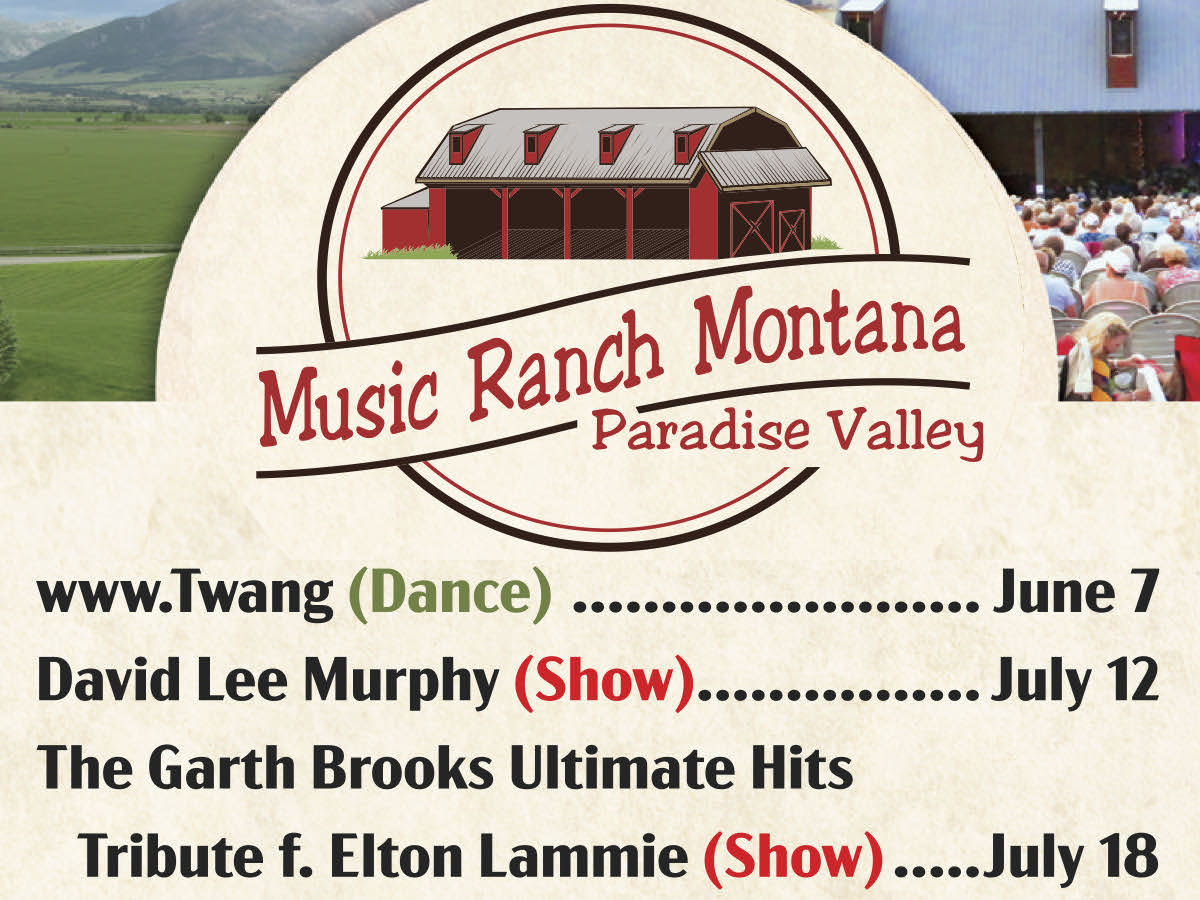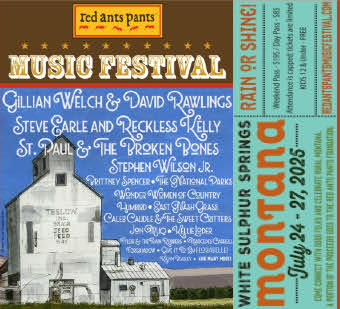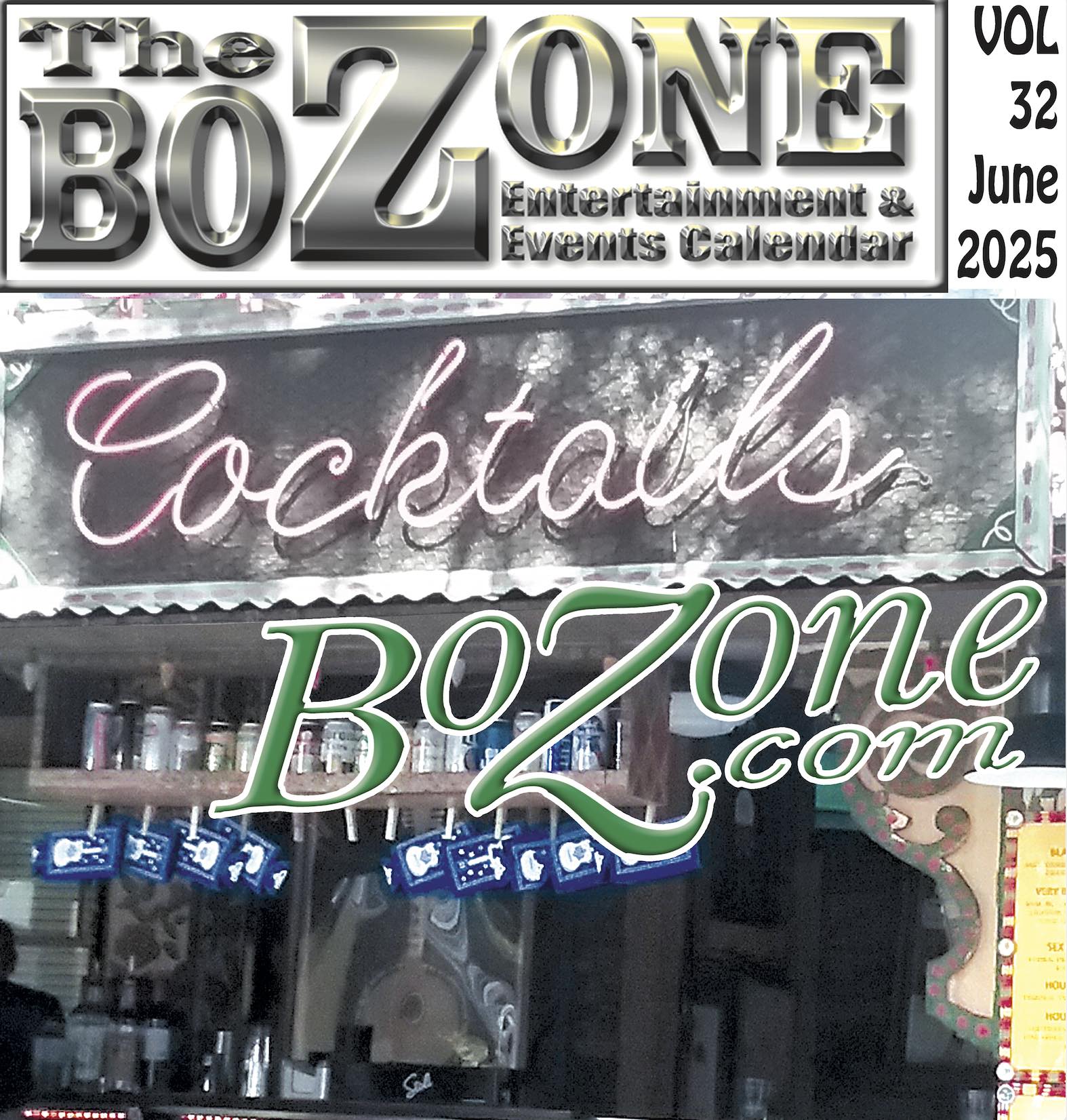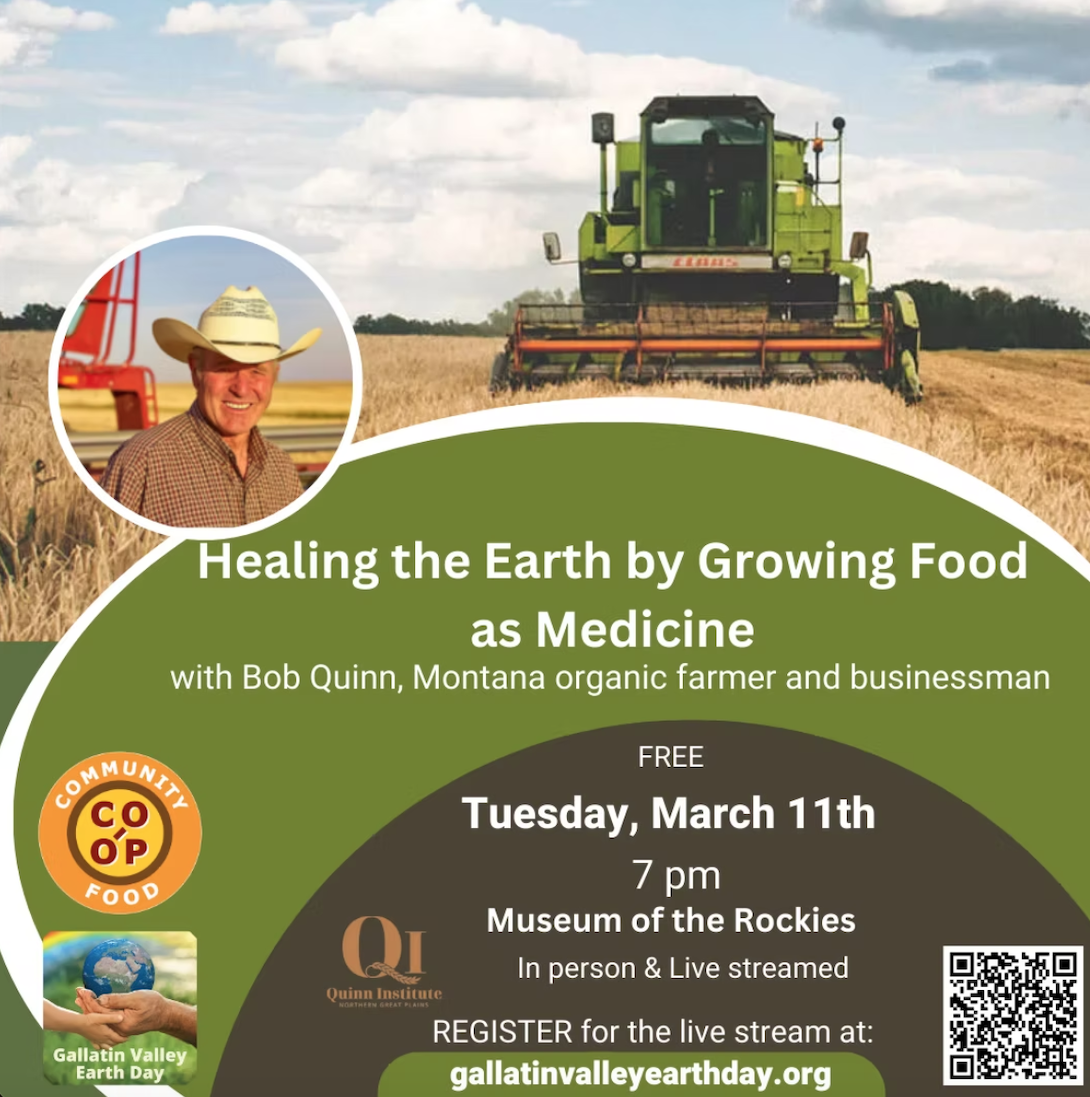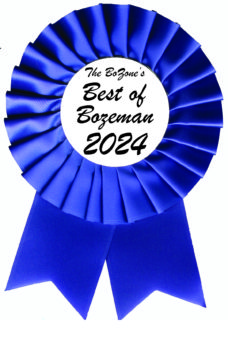There’s a full calendar at the Museum of the Rockies as Southwest Montana is finally seeing some legitimate signs of the sunnier seasons. Here’s a look at some upcoming events at your neighborhood museum.
Estate Planning For Everyone is first up on Monday, May 7th in Hager Auditorium at 6pm. Have you considered how to leave a legacy for your family, friends, and community… forever? If you have a will, and especially if you do not, you will learn from Marsha A. Goetting, Ph.D., CFP, CFCS, and a professor at Montana State University. Come and learn how to plan your estate in this interactive seminar. Kindly RSVP by Monday, April 30th to Callie Hamilton at (406) 994-7460 or callie.hamilton@montana.edu. This event is free and open to the public.
The Gallatin History Museum Lecture Series’ next edition, East Gallatin/Hamilton Cemetery: Locating the Unmarked Component with Terri Wolfgram and Eileen Skinner-Hale, will take place Wednesday, May 9th in Hager Auditorium beginning at 6pm. The East Gallatin (also known as The Hamilton) Cemetery was one of the earliest formal burial grounds in the Gallatin Valley, established in 1865 by the pioneer families settling the rich farm lands. These people were the first to enter the valley in covered wagons in 1864, headed for the gold fields of Alder Gulch while the Civil War was still raging and ravaging the lands to the east. Many left the deplorable, lawless conditions of Nevada and Virginia City and returned to farm the Gallatin Valley.
The cemetery has 260 marked graves and many unmarked burials including a “Pauper Section.” Some family have four generations buried there, starting in the 1860s and through the present. After the droughts hitting the farmers hard from 1919 on, and then the desperation of the Great Depression of the 1930s, many of the families moved away. The cemetery was left untended, becoming overgrown with sage, thistles, and other weeds – the existing tombstones barely visible.
In 2016, a group of locals decided to clean up and revive the historic cemetery. Funds were solicited to record graves and identify unmarked burials, of which there are over 200. With help from the Montana Archaeological Society’s Conservation Fund, along with assistance from the Historic Preservation Board of Gallatin County and other funding and labor sources, the work of research, magnetometry, Ground Penetrating Radar and individual documentation of each marked grave began with the final goal of providing an accurate map of the burial locations. This talk will take attendees through the process.
An Adventures in Conservation event is set for Friday, May 11th in Hager Auditorium at 7pm. Panasonic LUMIX Ambassador and founder of the Arctic Documentary Project, Daniel J. Cox, and Geoff York of Polar Bears International, will share stories and pictures from their many years documenting and studying the world’s largest terrestrial carnivore. Nature photography and science come together for this presentation about changes affecting the first animal ever listed as a threatened species due to predicted transformations in the Arctic. This event is open to the public.
Gallatin History Museum lectures focus on the dynamic and lively history of the Gallatin Valley. These presentations are free and open to the public.
The next edition of the Science Inquiry Lecture Series, A Revolution in Astronomy with Dr. Neil Cornish, will take place Tuesday, May 15th in Hager Auditorium beginning at 7pm. This presentation is open to the public.
At each month’s Science Inquiry Lecture, explore cutting edge science topics, their latest developments, and their relevance to society through speaker presentations followed by a Q&A session.
MOR is pleased to host the Extreme History Project Lecture Series, encouraging public understanding of the way our history has shaped our present. Speakers take a fresh look at interesting historical topics. The Story Cattle Drive with John Russell is next up on Thursday, May 17th at 6pm. This lecture will be held in Hager Auditorium and is open to the public.
Nelson Story’s prominence in Bozeman and Southwest Montana emanated from his historic 1866 cattle drive from Texas to the Yellowstone Valley. Russell will discuss the drive and how Story and his men overcame opposition from Kansas Jayhawkers, the U.S. Army, and the Sioux Nation to bring 1,000 head of longhorns into Montana territory.
Catch it before it’s gone! The Museum’s featured exhibit, Julius Caesar: Military Genius & Mighty Machines, is open during regular hours and closes Sunday, May 13th. The array was born from the desire to recreate a fascinating period of history, as realistically as possible, to explore and experience the mighty machines, gadgets, and clever technologies of the Roman Empire. Showcasing over 100 interactive machines, virtual reality displays, reconstructed scaled models, recreated artwork and frescoes, the exhibition is presented covering four themes: Military Genius, All Roads Lead to Rome, Building Rome, and Entertainment & Lifestyle.
Journey back in time 2,000 years to discover the life, culture, and engineering genius created by the Roman Empire. Handcrafted by Italian artists, this exhibition contains interactive models that integrate science and history. Museum guests are encouraged to explore the innovative machines that continue to influence the technologies of today. Julius Caesar: Military Genius & Mighty Machines is included with Museum admission.
Looking ahead, a brand new exhibit for summer! GUITAR: The Instrument That Rocked the World comes to the Museum on Saturday, May 26th following a members-only preview the night prior. Explore the history of the world’s most recognized musical instrument. Experience diverse genres of music and discover the science of pitch and tone. Crossing over cultural boundaries, the guitar has made a significant impact on a wide variety of groups from gypsies to cowboys to teenage rebels.
For more information about these events and exhibits, visit www.museumoftherockies.org or call (406) 994-5257.
NEW POSTS
Contact Us
(o) 406.539.6730
info@bozone.com

